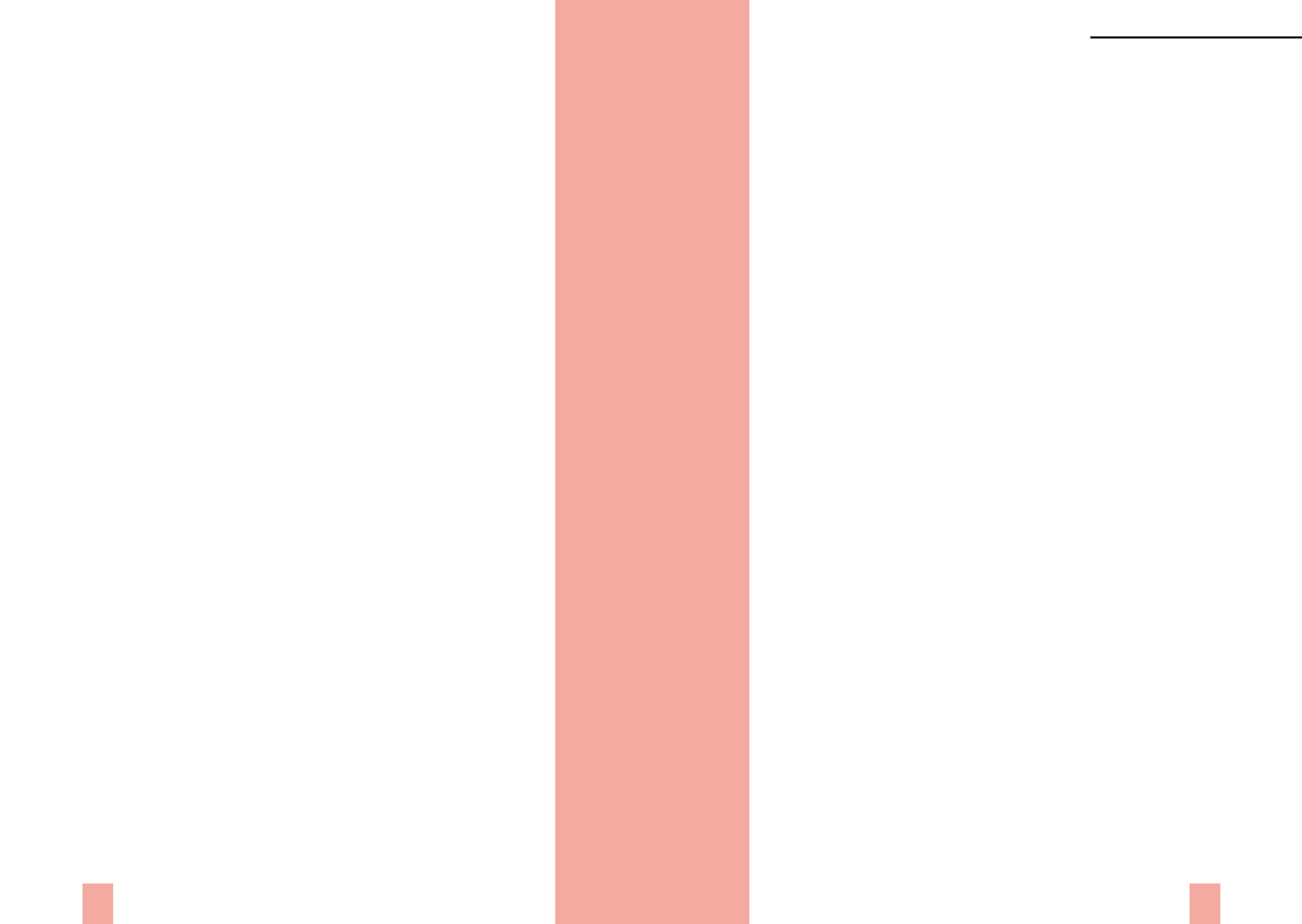

THE SPEAKING BODY
Xth Congress of the WAP,
Rio de Janeiro 2016
485
484
He thought that he was thereby pitting the real proper to psychoanalysis, in the
shape of a real that would not contain a knowledge and that would carry the
knowledge of the unconscious, against the real of science which does contain
knowledge. But it would specifically carry the absence of law, it would precisely
carry the hole of this knowledge.
There is no sexual relation
is the notion of an
absence of law. Sexual law cannot be written.”
p. 119
“What could be considered here as an impotence of the analytic discourse to
formulate the sexual relation is treated by Lacan as an impossibility. Analysis
becomes the very locus at which the unconscious attests to this real, a real, if you
will, without knowledge.
In what measure is there a matheme of the real? We are forced to say that it
is a real without matheme (…) Ultimately he [Lacan] invents a real without
matheme, or, he makes the sexual relation a real without matheme (…)
When Lacan formulated, in his last written text, that ‘the unconscious is
real’, he meant that the unconscious is not imaginary (…) He means that the
unconscious is not symbolic (…) He means that the unconscious is at the level
of the lawless, and that it doesn’t even represent the return of truth in the field of
science, because truth, compared to this real, is but a mirage.”
p. 120
Everyone is Mad
(2008). Trans.: A. Price [C/C]
“What goes against psychoanalysis is, first, ‘the fragmentation … from the
outset in the combinatory of the unconscious’; second, ‘the breakdown of the
drive into its component parts’.”
p. 21
The Economics of Jouissance
(2009). Trans.: A. Alvarez [LI 38, 2011]
“This transport–export enterprise was developed by Lacan under the form:
the drive is a signifying chain. Why not? Why not say, indeed, that a drive is a
demand, a demand which cannot be refused–to put it like Marlon Brando in
The Godfather
, a headless demand: it’s a bodily demand.”
p. 13
“Lacan’s distinction between demand and desire –which was particularly
striking for us back in the day due to its clarity and its capacity to arrange the
phenomena in the psychoanalytic experience– didn’t simply have the aim of
detaching the function of desire, but also the function of the drive as a higher
form of demand, that is to say a demand whose elements are not the signifiers of
language but the signifiers of the body. It’s a higher form of demand, as Lacan’s
graph is built on the basis of this schema. It involves two lines, the lower line
being the line of demand, and the upper line that of the drive–conceived as
parallel (…) simultaneous on the temporal level, in which signifiers are organic
signifiers, as Lacan expressed himself at the time. The upper chain is, he says,
‘constituted by signifiers, that is, it develops in terms of the drive’.”
p. 15
“To the extent that Lacan was able to say that, in the human species, the letter is
analogous to the germ, that in order for the germ to be transmitted through the
generations, a certain type of signifier –which Lacan called the letter in order to
stress the materiality of this signifier– must be transmitted.”
p. 31
“Lacan’s knots are knots of
sens-joui
. It is this unit that lies at the heart of the
triplicity placed at the forefront of this entire last teaching. There are three
dimensions, there are three threads of string; three thus seems to dominate this
reflection, whereas it’s invisible foundation is the one of the coalescence of the
sens-joui
. The signifier itself is altered by this. When Lacan shows
lalangue
as the
foundation of language, when he isolates it beneath the artificial constructions
of language, he distinguishes in the same way the signifier from the letter –
which means that, in both cases he moves along the lines of what I will call,
for lack of a better word, materiality– as is evidenced by the handling of the
Borromean knots.”
p. 35
“This leads to a status of the signifier prior to the structure of language, which
can be called prelinguistic, if linguistics starts when signification effects are taken
into account. It was along these lines that Lacan invented
lalangue
, woven with
signifiers but prior to language. The structure of language appears as derived
with respect to
lalangue
.”
p. 56
Theory of Caprice
(2000), trans A. R. Price [PN 21, 2010]
“The formula that best corresponds to this is less the formula of the fantasy
than that of the drive, i.e., a will that is properly acephalic, where the subject
disappears in as much as he is acted upon.
What is nice in capriciousness is that the subject assumes the will that acts
upon him as his own will. What is divine is capriciousness –capriciousness is
attributed to the gods par excellence– is an ‘I want,’ not ‘what may be the law
for everyone,’ but ‘I want what is driving me’. I express an absolute ‘I want’ what
is acting upon me as drive, what is driving me. ‘I have little aggressive drive with
regard to the slave’ says Madame, ‘I want him crucified’.”
p. 23
“The principle of this will is very well indicated by Lacan, it’s the small a. The
truth of ‘I want’ is the object small a, which in the Other divides the subject,
i.e., extracts a barred subject from the good little subject that Lacan calls the
‘brute subject of pleasure’, the natural subject. Lacan identifies this dividing will
with the will of the drive, with the drive as will–to–enjoy.”
p. 25
Jacques – Alain Miller



















